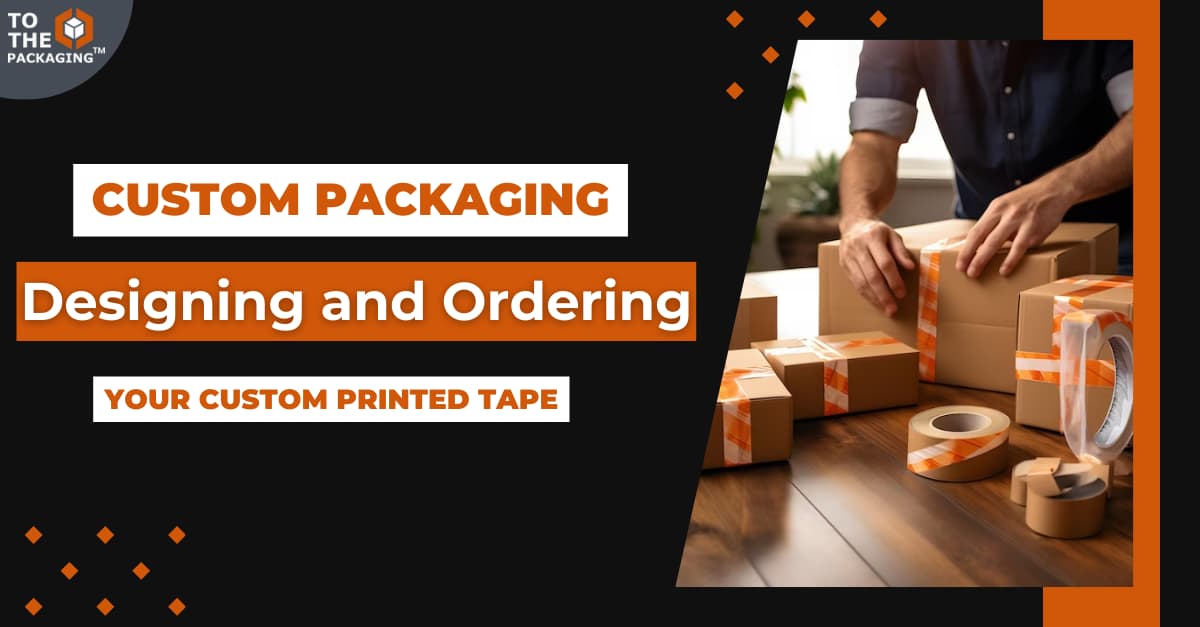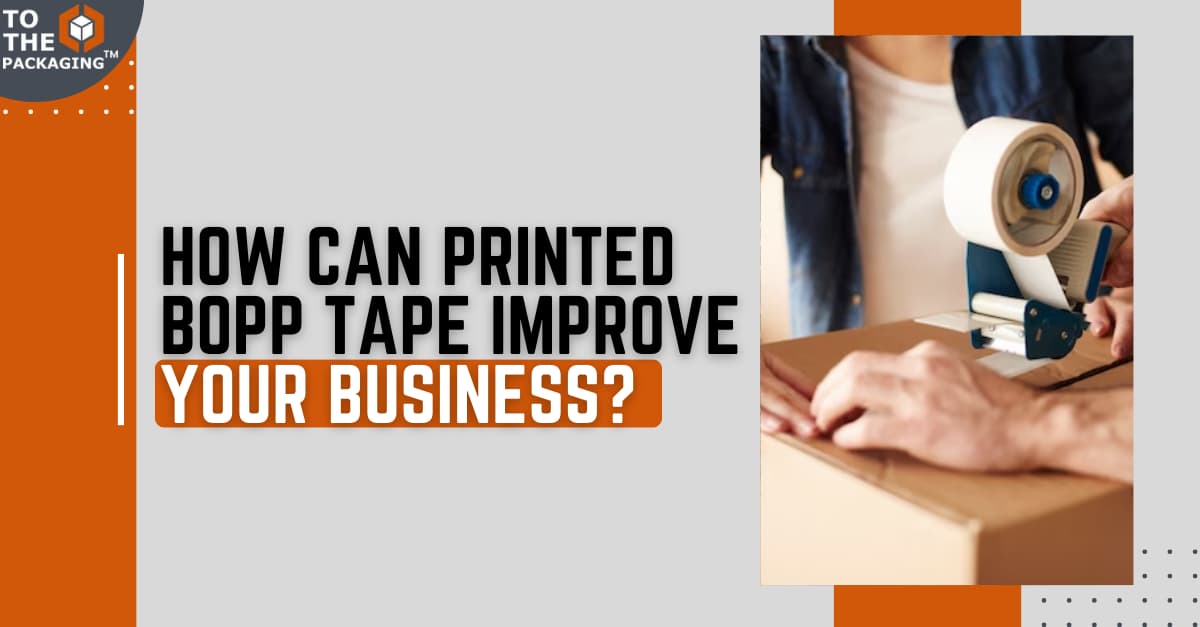Why Should You Consider Rotogravure or Flexography Printing?

The global printing industry is a 466.64 billion dollar market. This huge market is dominated by commercial printing.
Rotogravure and flexographic printing are two popular printing methods in commercial printing. But which one is best suited for you?
In this blog, we are going to talk about these two printing methods and discuss which one is better suited for your needs.
If this is what interests you then this blog is for you.
What is flexography printing?
This is a process in which the press plates are made of a flexible polymer which is supposed to be installed on the cylinders which is why this printing method is called flexographic printing.
This method is quite popular for printing long forms of the substrate like labels, flexible printing, custom printed tape, etc.
How Is A Printed Packaging Tape Made In Flexographic Printing?
Printed packaging tape is a popular and affordable form of packaging solution. Not just printable tapes but also other forms of customised packaging are also printed with the help of this method.
In this section, we will talk about how printed packaging tape is made with the help of flexographic printing.
To get a better understanding, we will explain how all of this is done.
- The preparation of flexographic printing involves making the designs compatible with printing on the flexo press plate and printing it. Press Plate is the sheet which has impressions of images and text that they want to print.
- Then this printed flexo sheet is installed on the plate cylinder.
- The actual process starts with pouring the ink into the ink reservoir in which the fountain roller is present.
- The fountain roller is in contact with the anilox roller which deposits the ink on the anilox roller.
- With the help of Doctor Blade which is a tool used to scrape off excess ink from the roller. Anilox roller gets an even layer of ink on it.
- There is another cylinder named Plate cylinder which is in contact with the anilox cylinder.
- The plate cylinder gets ink on its print surface when it comes in contact with an anilox roller.
- As these rollers come in contact with each other the ink is transferred from one roller to another.
- As the raised impressions have ink deposited on their surface it is then later transferred to the desired printed media.
- An impression cylinder applies pressure when the substrate comes in contact with a plate cylinder to get prints.
- When the substrate gets printed, it is then dried and our printed tape for packaging is ready.
What is Rotogravure Printing?
Rotogravure printing or Gravure printing is a printing process where cylinders with indentation are used to print onto the surface of the substrate.
What is the rotogravure printing process?
Rotogravure printing is famous for its fine and high-quality printing quality. This method can print on a variety of things starting from food packaging to printed tape for packaging which are used in branding.
The cylinders play an important role in rotogravure printing. The principle of the rotogravure printing process is different from that of flexography.
In this printing process, cylinders are specifically made to cater for the specific needs and requirements of the prints. The process starts with making cylinders which are primarily made of copper and layering them with different metals like zinc, chrome, etc.
Then comes the process of making depressions on the cylinder where the ink would be deposited and the paper would be pressed to get ink on it.
Now, that we have talked about preparation, it is time to talk about the Rotogravure printing process as a whole. This is what we are going to discuss in this section:
- The process starts with adding ink to the ink reservoir.
- The gravure cylinder rotates in it and in its indentation ink gets deposited.
- When the ink gets into the depression, a tool called a doctor blade scrapes off the excess ink so that only ink is present in the depressions.
- Excess ink is scraped off the gravure cylinder and the substrate is pressed onto it with the help of an impression cylinder.
- As the substrate is pressed on the gravure cylinder, we get the impression of the desired prints.
- Then it is transferred to different rollers to let it dry.
What Is The Difference Between Flexo And Rotogravure Printing?
In the above sections, we talked about the process of both Flexo and rotogravure Printing. Now, we will talk about the things that make these printing methods different from each other.
These two printing methods are quite different from each other. This is what we are going to talk about in the following:
1. Medium Of Printing
In flexography printing, the press plate that is used for printing is flexible and it is installed over a cylinder called a plate cylinder but in rotogravure printing, there are no plates but cylinders which have indentations for printing.
2. Principle of printing
The main difference between these two printing styles is the principle behind their printing. In flexography printing, ink is applied by an anilox cylinder to the markings which are elevated from the surface of the plate.
When it comes to Rotogravure printing, the printing surface prints on the substrate and the ink gets deposited in the depressions which are made by laser or other means.
3. Best For Printing
There are many printing methods which yield the best results as compared to other types of printing. For example, Rotogravure printing is very popular for printing food packaging while flexographic printing is used in the printing labels as well as flexible printing.
Flexography printing supports more versatility in comparison to rotogravure printing. But there are things that you can print in both types of printing methods like customised corrugated boxes, printed tape for packaging, custom poly mailers, etc.
To summarize everything
This blog is about why should you consider rotogravure or Flexography printing. We started by talking about flexography and rotogravure printing.
In this blog, we talked about the differences that both of these printing methods have along with talking about their processes.
Hope that you found all this informative.
Thank you for reading til the end.

Suman Mandal has been in the packaging industry for a long time. She is passionate about the innovative ways this industry comes up with. Currently, she is writing for To The Packaging about various packaging solutions.





